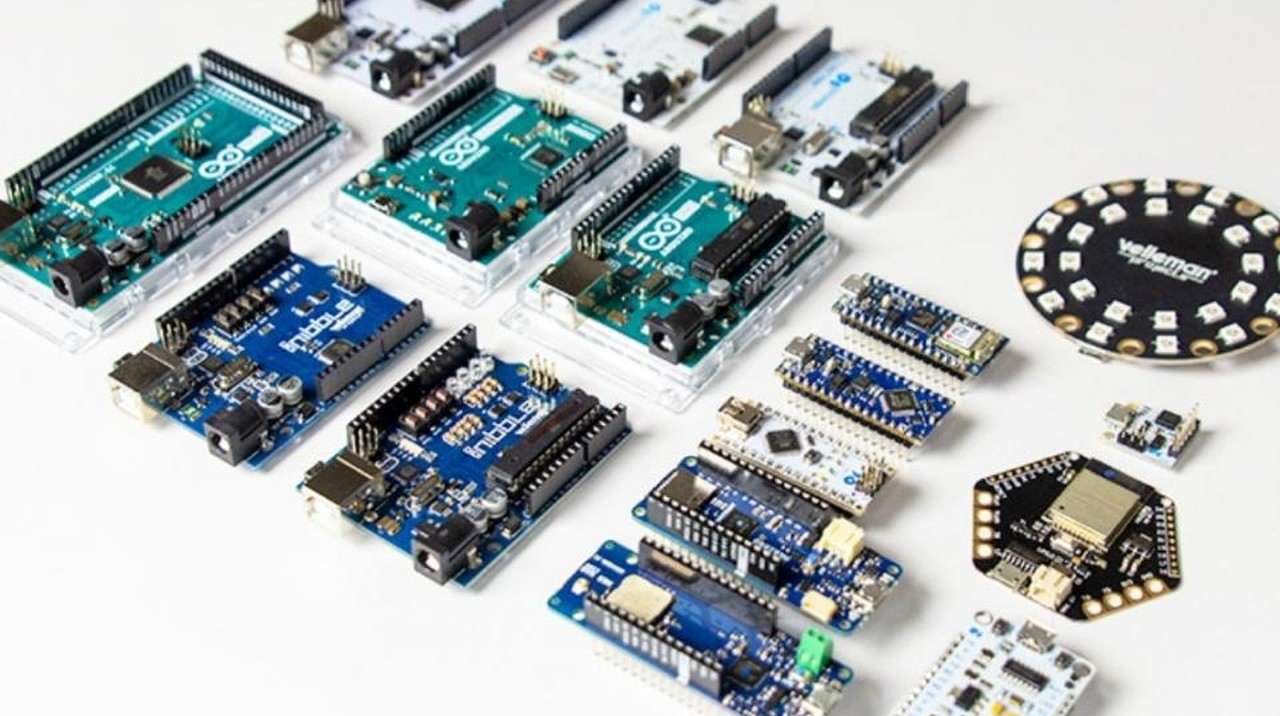
What are the differences between various Arduino boards?
Global electronic component supplier AMPHEO PTY LTD: Rich inventory for one-stop shopping. Inquire easily, and receive fast, customized solutions and quotes.
The differences between various Arduino boards primarily lie in their microcontroller, I/O pins, memory, USB interface, size, and special features. Here’s a concise overview of the most common Arduino boards:

1. Arduino Uno
-
Microcontroller: ATmega328P
-
Digital I/O Pins: 14 (6 PWM)
-
Analog Inputs: 6
-
Flash Memory: 32 KB
-
USB Port: Standard USB-B
-
Use Case: General-purpose board, great for beginners
2. Arduino Mega 2560
-
Microcontroller: ATmega2560
-
Digital I/O Pins: 54 (15 PWM)
-
Analog Inputs: 16
-
Flash Memory: 256 KB
-
USB Port: USB-B
-
Use Case: Projects requiring many I/O pins and more memory (e.g., CNC, 3D printers)
3. Arduino Nano
-
Microcontroller: ATmega328P
-
Digital I/O Pins: 14 (6 PWM)
-
Analog Inputs: 8
-
Flash Memory: 32 KB
-
USB Port: Mini-USB or Micro-USB
-
Use Case: Compact and breadboard-friendly designs
4. Arduino Leonardo
-
Microcontroller: ATmega32u4
-
Digital I/O Pins: 20 (7 PWM)
-
Analog Inputs: 12
-
Flash Memory: 32 KB
-
USB Port: Micro-USB
-
Special Feature: Can act as a USB keyboard/mouse (HID)
-
Use Case: Human interface devices
5. Arduino Due
-
Microcontroller: ATSAM3X8E (32-bit ARM Cortex-M3)
-
Digital I/O Pins: 54
-
Analog Inputs: 12
-
Flash Memory: 512 KB
-
USB Ports: Native USB and Programming port
-
Use Case: High-performance applications needing 32-bit speed
6. Arduino Micro
-
Microcontroller: ATmega32u4
-
Digital I/O Pins: 20
-
Analog Inputs: 12
-
Flash Memory: 32 KB
-
USB Port: Micro-USB
-
Use Case: Similar to Leonardo but smaller; great for USB devices
7. Arduino Nano 33 IoT
-
Microcontroller: SAMD21 + Wi-Fi/BLE
-
Wireless: Wi-Fi, Bluetooth
-
Digital I/O Pins: 14
-
Analog Inputs: 8
-
Use Case: IoT and wireless applications
Summary Table
| Board | MCU | Flash | I/O Pins | USB Type | Special Feature |
|---|---|---|---|---|---|
| Uno | ATmega328P | 32 KB | 14 D / 6 A | USB-B | Standard starter board |
| Mega 2560 | ATmega2560 | 256 KB | 54 D / 16 A | USB-B | Lots of I/O, memory |
| Nano | ATmega328P | 32 KB | 14 D / 8 A | Mini/Micro | Compact form factor |
| Leonardo | ATmega32u4 | 32 KB | 20 D / 12 A | Micro-USB | HID device capability |
| Due | ATSAM3X8E (ARM) | 512 KB | 54 D / 12 A | Dual USB | 32-bit processing |
| Micro | ATmega32u4 | 32 KB | 20 D / 12 A | Micro-USB | Small + HID support |
| Nano 33 IoT | SAMD21 + NINA | 256 KB | 14 D / 8 A | Micro-USB | Wi-Fi + Bluetooth |
Related Articles
- ·What are the differences between various Arduino boards?
- ·DS18B20 Temperature Sensor Detailed Explanation and Use Cases
- ·ESP32 vs Arduino, Compare their differences and use cases
- ·Which Arduino Board is Best for Beginners?
- ·The Complete Guide to Component Selection for Electronic Design
- ·How many programming methods are there for the STM32G431RBT6 microcontroller?
- ·Design of solar automatic light tracking system
- ·How many types of Arduino development boards are there? How to choose?
- ·Implementing AI and machine learning on low-power MCUs
- ·Design of Intelligent Fire Alarm System Based on Single Chip Microcomputer
